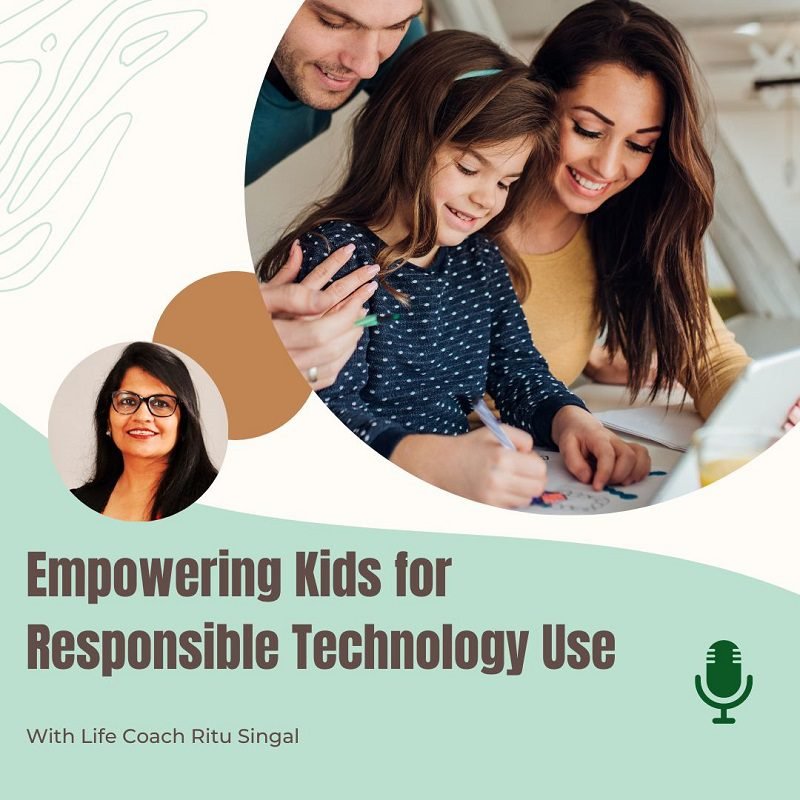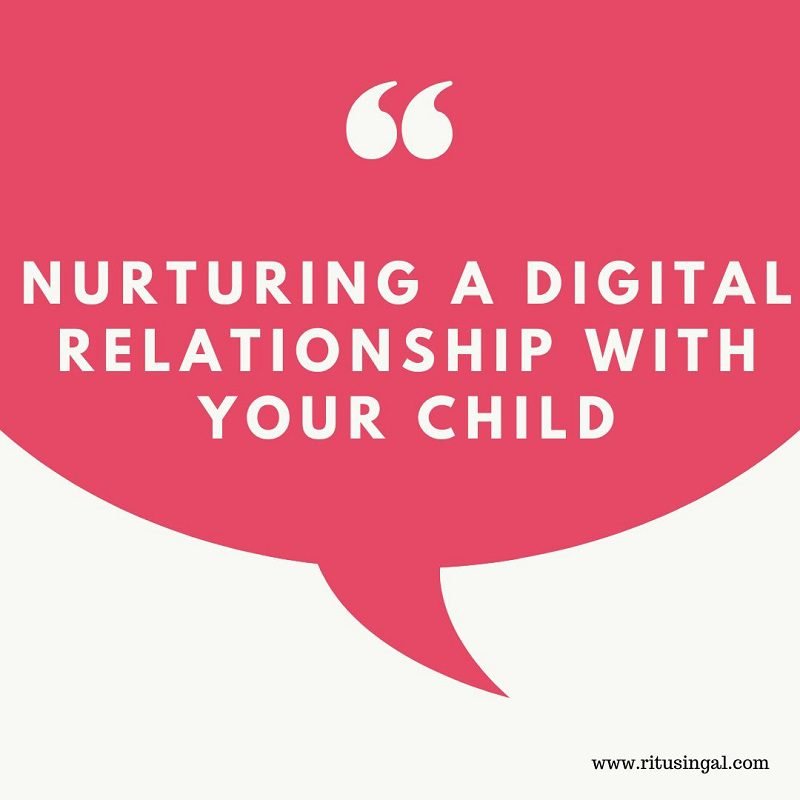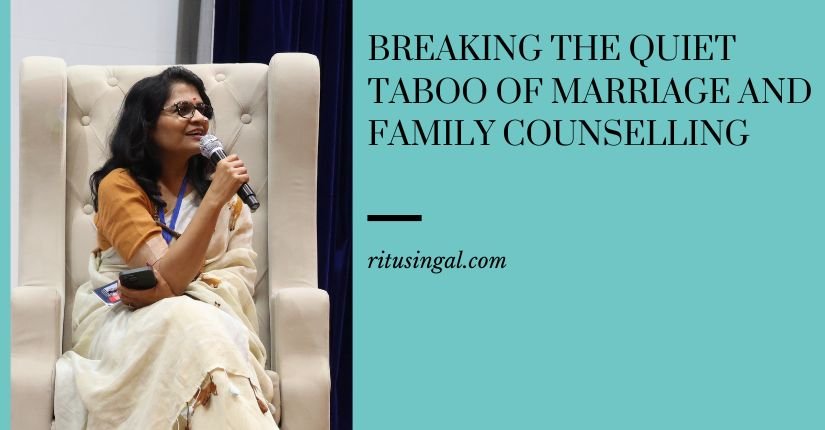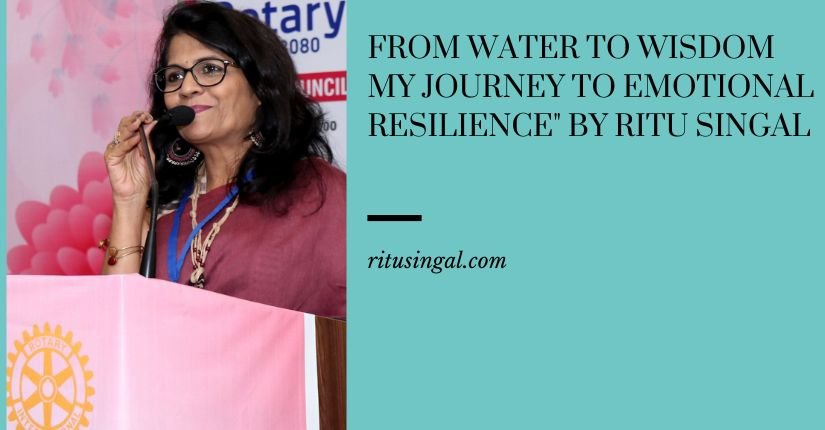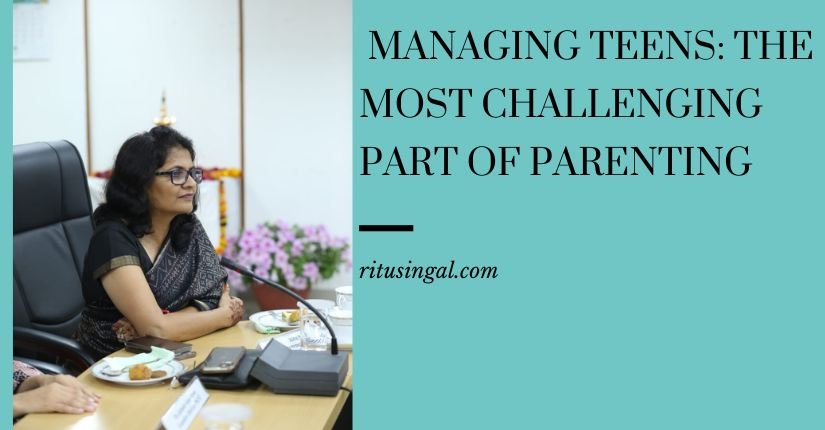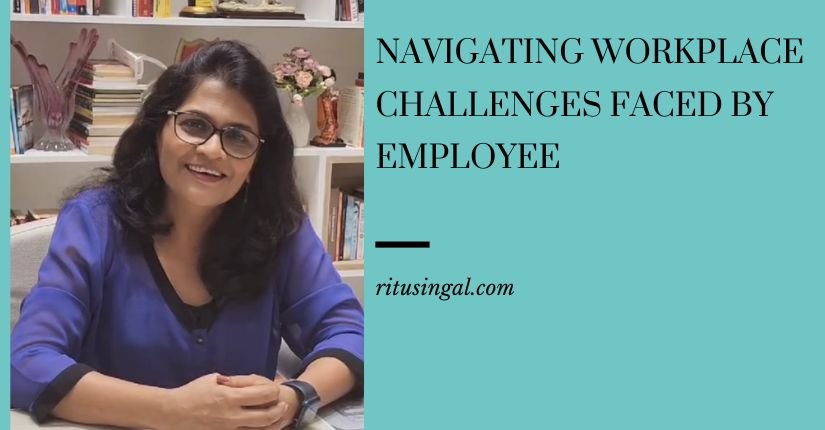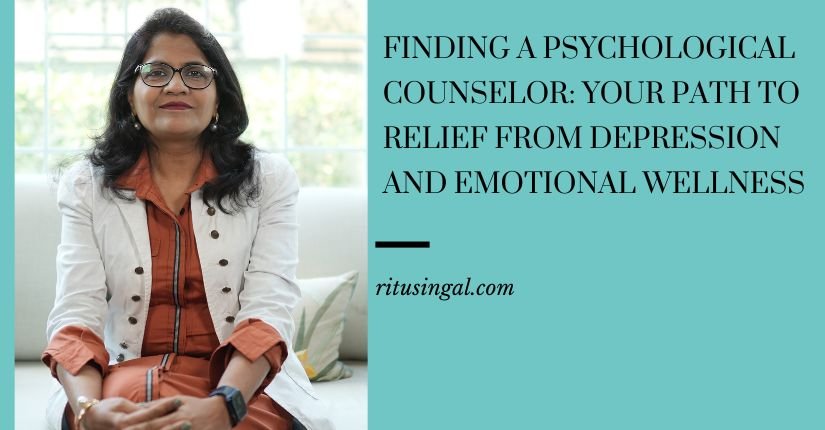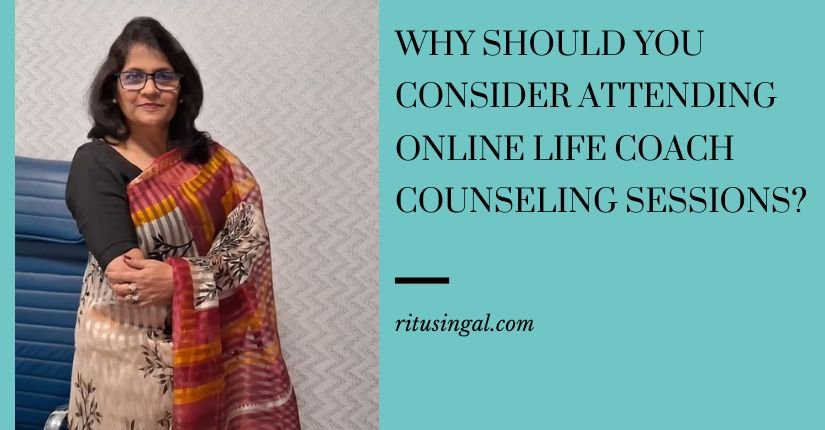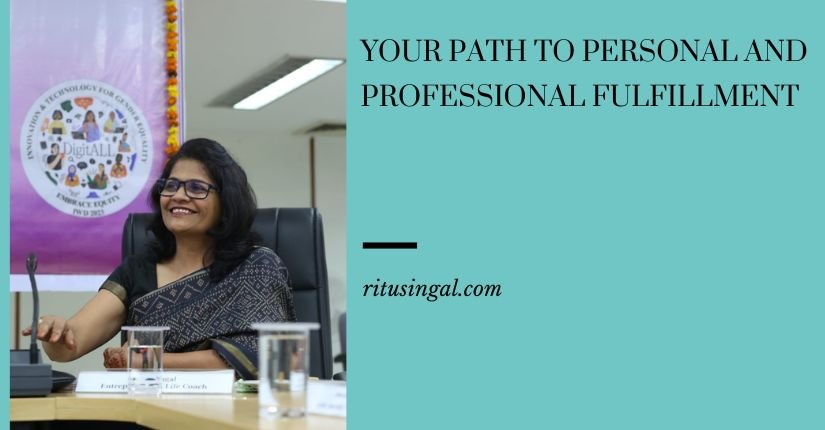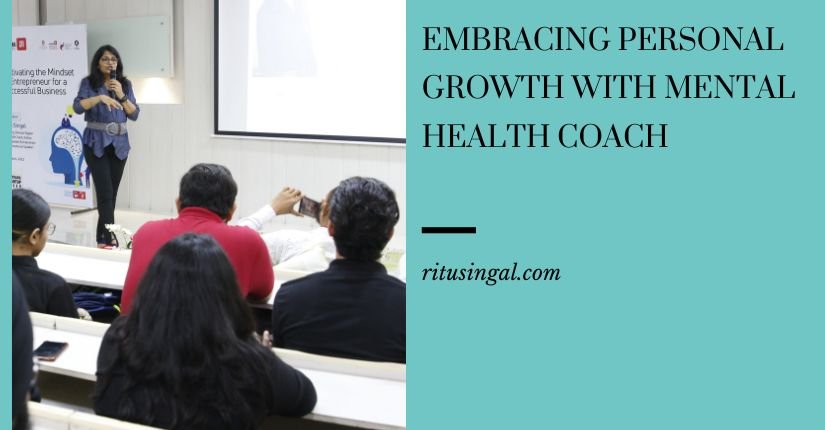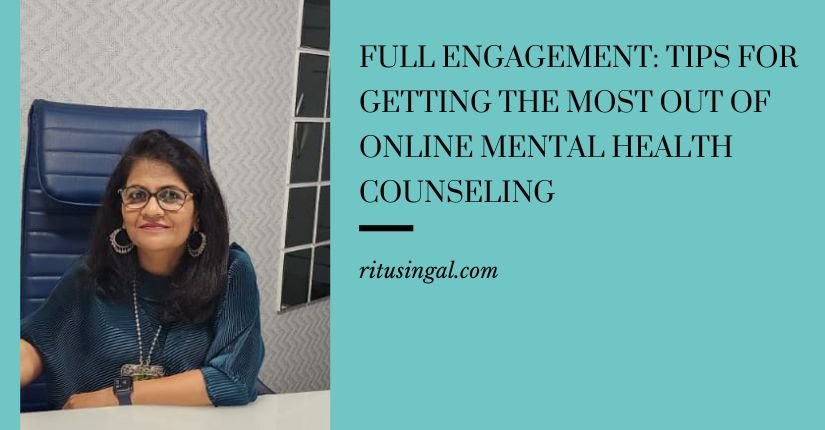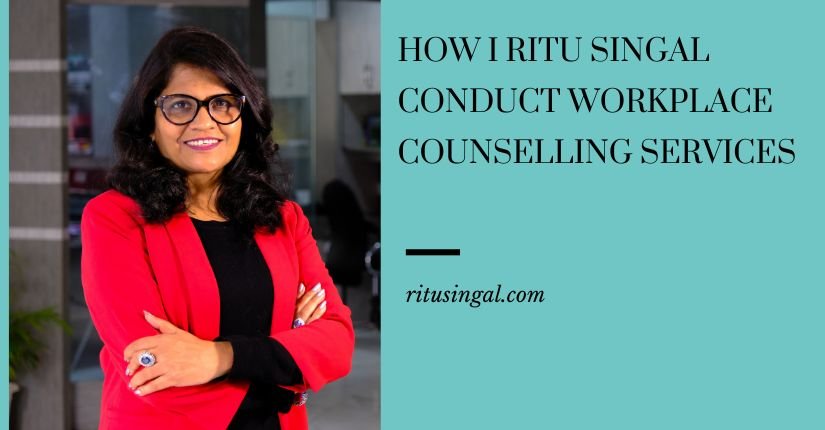As a life coach and a parent, I understand the challenges of navigating the digital landscape with our children. Technology has become an integral part of our lives, and it’s essential for parents to understand how to guide their children through this ever-evolving world. In this blog, I will share my insights and experiences to help you become a more informed and confident digital parent.
There are a variety of resources available to help parents understand what they might be up against so that they can make better decisions for their children.
The first step in protecting your child is to understand what you are up against. As we become more digitally connected, it is important to recognize that the internet is not a “safe” place where children can freely explore under our watchful and protective eyes. The internet has risks associated with it, just like the real world has risks.
The same rules for being safe and responsible online apply as for being safe and responsible offline. In the digital age, we are all faced with a new set of challenges, including peer pressure and cyber-bullying. It is important for parents like me to understand their role in helping their children develop socially in this virtual world.
Balancing Screen Time: Setting Healthy Limits for Children
The screens are always on. The internet is always on. Our children’s bedroom may be your child’s bedroom, but that doesn’t mean they aren’t using their smartphone or laptop to access the internet at night, while you are trying to sleep!
As parents, we want to ensure that our children have a healthy relationship with technology. One of the most critical aspects of this is setting appropriate limits on screen time. It’s essential to establish boundaries and create a balanced schedule that includes time for homework, physical activity, and social interactions.
Encourage your children to take regular breaks from screens and engage in other activities to promote their overall well-being.
I recommend starting by setting clear rules around when and how long kids can use devices. Limit screen time to 1-2 hours on weekdays and a bit more on weekends for older children. Devices should be charged overnight outside of bedrooms and have parental controls enabled.
There are many apps available that help control screen time and help you stay informed about how much their children use the internet and how it impacts their sleep.
Checkout: Parenting Techniques for Working Parents That Actually Work Brilliantly
Promoting Digital Literacy: Empowering Kids for Responsible Technology Use
Digital literacy is the ability to use technology effectively and responsibly. As parents, we must teach our children how to evaluate online information, communicate respectfully, and understand the potential consequences of their digital actions.
Encourage your children to think critically about the content they consume and the information they share online. By fostering digital literacy, we empower our kids to make informed decisions and become responsible digital citizens.
I aim to have open conversations with my kids about these topics and model good digital habits myself. In my opinion, children should be able to:
- Think critically about what they are reading and evaluate the information for validity, bias, and bias-related tactics
- Read critically about what they are reading and evaluate the information for validity, bias, and bias-related tactics
- Evaluate a source’s credibility in order to make a decision about whether or not to believe that source
- Identify when a source is biased toward one point of view or another
- Protect their identity in ways that do not allow others to use their accounts
- Use fact checkers who can identify questionable information Understand how to protect their privacy online
- Know what dangers exist when using technology (e.g., predators)
Cyber Safety: Ensuring Online Security for Your Children
As a parent, keeping my children safe online is a top priority. This involves teaching them never to share personal information with strangers, how to avoid cyberbullying and inappropriate content, and the importance of using strong passwords.
I also utilize parental control apps and features that allow me to restrict certain websites, monitor messaging apps and track the location of my kids’ devices.
I teach my children not to click on suspicious links or download apps from untrusted sources. Install security software and parental controls on all devices your children use. I also monitor their social media use and get to know who their online friends are.
If your children encounter something inappropriate or someone makes them uncomfortable, instruct them to tell you immediately. Make sure they know they will not be in trouble for reporting such incidents. With proper education and precautions, you can significantly reduce your children’s risk of cyber threats and exploitation.
Checkout: Parent Children Relationship – Life Coach Ritu Singal
Digital Parenting Styles: Finding the Right Approach for Your Family
Different families have different needs when it comes to digital parenting. I aim to take an approach that is tailored to my children’s ages, personalities and developmental needs. For younger kids, I tend to take a more restrictive approach with firm rules and limits.
For teens, I shift towards a more democratic style, negotiating screen time and privacy policies together. The most important thing is open communication and trust. It’s essential to find a balance that works for your family and aligns with your values. Be open to adjusting your approach as your children grow and their needs change.
Permissive styles with few limits also tend to be ineffective. Instead, focus on educating your children about technology and the reasons behind your rules. Explain that your role is to keep them safe while still allowing for appropriate autonomy and risk-taking. With time, trust, and consistency, you’ll find a digital parenting style that works for your unique family.
Encouraging Offline Activities: Striking a Balance in a Tech-Saturated World
While technology has its benefits, I believe it is important to encourage non-screen activities for children’s healthy development. I aim to lead by example by limiting my own device use and prioritizing family time that is screen-free.
I enroll my kids in sports, arts programs and other activities that foster social and motor skill development. On weekends, we go on outings to parks, museums and spend time with friends and relatives.
Plan regular outings that get your children away from technology, like going to the park, museum, library, or mall. Enroll your kids in sports, arts, or other activities that focus on in-person interaction and skill-building. Make time on weekends for unstructured play – whether that’s building forts, reading books, or simply daydreaming.
Building Trust and Open Communication:
Nurturing a Digital Relationship with Your Child
The foundation of effective digital parenting is open and honest communication with my children. I aim to have frequent conversations about their online activities in a non-judgmental manner.
I want my kids to feel comfortable coming to me if they encounter any issues online. By fostering a relationship built on trust, I hope to guide my children towards making safe and smart choices in the digital world.
Let your children know they can come to you for help dealing with anything uncomfortable or confusing they encounter online. And when they do come to you, make sure to validate their feelings and thank them for their honesty.
Over time, your children will learn they can trust you with sensitive issues that arise in their digital lives. With this foundation of openness and trust, you’ll be able to guide your kids toward safe and productive technology use.
Online Privacy and Reputation Management: Safeguarding Your Child’s Digital Identity
As my children get older, I educate them about the importance of protecting their privacy and digital reputation online. This involves teaching them to avoid oversharing personal information publicly, being careful what they post on social media, and managing privacy settings appropriately.
I emphasize that anything they post could remain online forever and impact their future opportunities.
As your children create and post online content, discuss the permanence of the internet and the importance of maintaining a positive digital footprint. Teach them to think carefully before posting anything that could be embarrassing, inappropriate or unprofessional in the future.
Monitor what they share and who they connect with online. If they do post something regrettable, help them learn from the experience and determine the best way to remove or minimize the content’s impact. With guidance, your children will develop habits that protect their privacy and help them curate an online presence that reflects positively on them now and in the future.
Cyberbullying Prevention: Supporting Your Child in a Digital Social Environment
I aim to teach my children how to be kind, thoughtful members of their online communities. This includes promoting empathy, respecting differences of others and intervening if they witness cyberbullying.
If my children come to me about being bullied, I aim to listen without judgment, gather the facts, document the abuse and work with the school to resolve the issue. I want my kids to know I have their back and am there for them.
I am sharing one incident with you about a girl who was a victim of cyberbullying. She came to me and told about her boyfriend that they both clicked some illegitimate pictures and now he was blackmailing her. She said that he asked her to get physical with him or he will leak those pictures online.
That is where we must educate our children not to overtrust someone and if by chance something happens they must seek help from elders or report to the cyber police department.
Tell your children that if they are bullied or witness bullying, they should tell you or another trusted adult immediately. Emphasize that cyberbullying is never their fault and they will not be punished for reporting it. Install reporting features and parental controls that allow you to monitor and restrict problematic content and contacts.
Consider restricting their access to the app or platform where the bullying occurred. Report the bullying to the site administrators. Seek help from your child’s school or contact authorities if the bullying is severe or persistent. With open communication and proper safeguards, you can help prevent and address cyberbullying before it causes lasting harm.
Checkout: Transforming Indian Parenting Techniques
Leading by Example: Modeling Healthy Digital Habits for Your Children
As a parent, I know that my own device usage and digital habits have a huge influence on my children. I aim to lead by example by demonstrating responsible technology use, moderating my screen time, and using devices mindfully. I want my kids to grow up seeing technology as a tool to be used intentionally, not something that controls our lives.
To model good digital habits, set clear limits on your own screen time, especially around your children. Put away devices when spending time with family and friends. Explain to your kids why you’re putting your phone away or stepping away from screens for a period of time.
When you do use technology, demonstrate safe practices like using strong passwords, reviewing privacy settings, and thinking before posting online.
Your children are more likely to follow the rules you set if they see you following those same rules. So, reflect regularly on your own technology habits and prioritize moderation. Remember: as a parent, you have the opportunity to shape how the next generation will engage with an increasingly digital world. Leading by example is one of the most impactful ways to do that.
Closure
Navigating the digital world alongside my children has been an ongoing journey of discovery for me. There are still so many aspects of technology that I’m learning right alongside them. But by keeping the lines of communication open, setting clear boundaries and fostering trust, I hope to guide my children towards making safe and smart choices online.
I don’t have all the answers, but I’m there for them every step of the way. Together, we’ll navigate this digital landscape – one conversation, one rule, and one teachable moment at a time. I’m so proud of the thoughtful, kind and curious kids they are becoming.
With patience, love and plenty of laughter, I believe we’ll continue to grow together into the future, screen time and all.



